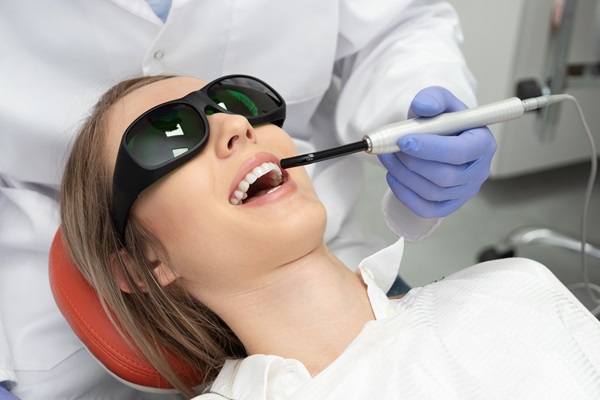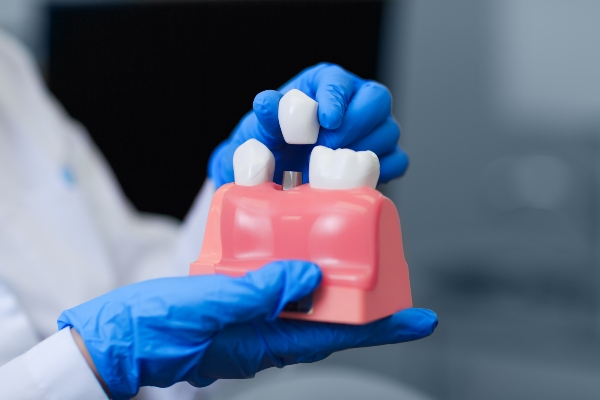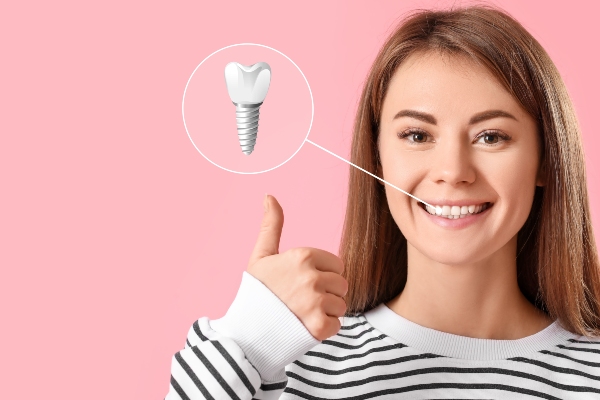What Is Laser Dentistry and How Does It Work?

Curious about laser dentistry? Read on to learn more about this type of treatment. Medical professionals may modify or remove tiny quantities of tissue using lasers. While laser surgery has numerous applications outside of dentistry, the vast majority of patients had never ever heard of laser dentistry until they needed it. Dentists employ lasers for a number of procedures, including the removal of excess tissue, the reshaping of gums, and the whitening of teeth.
An overview of laser dentistry
Dentists choose laser dentistry due to its many advantages, which include a shorter recovery period and less pain for the patient. Since lasers are a precision tool, a laser dentist may safely and effectively remove diseased tissue without harming adjacent healthy tissue. Sutures may not even be necessary for certain treatments.
The high-energy light coagulates blood, which aids in reducing bleeding. Lasers also kill the bacteria in the affected region, reducing the time it would take for the wound to heal without the use of antibiotics.
Laser dentistry is very effective for a range of oral health issues, including:
- Treatment for canker sores and cold sores
- Root canal infection treatment
- Gum disease treatment
- Gum reshaping
- Biopsies
- Oral tissue removal
- Nerve regeneration
Since lasers may frequently replace uncomfortable drilling and incisions, a laser dentist seldom has to provide anesthetic. The Food and Drug Administration (FDA) approved lasers in the early 1990s, and since then, they have become the go-to tool for various dental procedures. Gum diseases, including gingivitis and periodontitis, respond well to laser dentistry.
What to expect with laser dentistry
A laser dentistry session is fairly similar to other dental procedures, such as getting a filling. However, the dosage of the anesthetic patients get may be lower than usual. Unlike a drill, the laser will not cause any vibrations or pain throughout the treatment. The general dentist will keep the patient’s mouth open and use a laser to fix any problems they find.
The recovery process following laser dentistry procedures is often less arduous than the recovery process after traditional treatments. If the dental professional uses a laser, patients will not have to worry about excessive bleeding after the procedure. There is no need to worry about an open incision as with a traditional scalpel operation.
The chances of infection are lower if patients adhere to the cleaning and care recommendations. Post-operative discomfort is also likely to be minimal, so patients will not have to deal with the pain and suffering that sometimes accompany scalpel procedures.
How laser dentistry works
Hard tissue lasers and soft tissue lasers are the two major kinds of lasers used by dentists for laser operations. Each laser has a particular wavelength that makes it effective at cutting through a particular tissue type. The process works because various types of tissue absorb light at different wavelengths. Scientists have developed lasers whose light is safer for use on oral tissues by adjusting the light's wavelength and, in some cases, pulse.
Hard tissue lasers
When it comes to teeth, a hard tissue laser is the device of choice. One of these lasers has a wavelength that is capable of penetrating both water and bone, especially the calcium phosphate that makes up your skeleton and teeth. These lasers can remove tiny quantities of tooth structure accurately, making them ideal for shaping teeth or preparing them for treatments. Uses for a hard tissue laser include finding holes or cavities, resolving tooth sensitivity, and tooth preparation.
Soft tissue lasers
Hemoglobin and water readily absorb the wavelength of light used by soft tissue lasers. Since hemoglobin is a component of blood, soft tissue lasers are well-suited for gum surgery. Lasers used on soft tissue may be either pulsed or continuous-wave diode lasers.
When used to cut through soft tissue, these lasers also close any exposed blood arteries. This feature reduces blood loss during laser dentistry and why recovery time will be shorter. When it comes to aesthetic procedures, soft-tissue lasers are ideal because they allow patients to witness immediate improvements. Uses for soft tissue lasers include crown lengthening, gum reshaping, and tissue removal.
In summary
Lasers, whether they are used on the gums or the hard tissues, mean a less invasive process and faster healing. Laser dentistry is a time-saving treatment option for a wide range of dental and oral issues, whether severe or aesthetic. When you next see your general dentist, be sure to inquire about laser dentistry.
Request an appointment here: https://metrosmiles.com or call Metro Smiles Dental at (718) 841-9591 for an appointment in our Forest Hills office.
Check out what others are saying about our dental services on Yelp: Laser Dentistry in Forest Hills, NY.
Recent Posts
Correcting mouth issues with a beam of light might sound like science-fiction, but laser dentistry is a present, common, and effective practice. Dental lasers are less noisy and less invasive than traditional drills. They often cause less anxiety and fear during dental procedures and reduce healing times and pain as well. With all this in…
A laser dentist has the most cutting-edge tools in dentistry — lasers. This type of dentist uses a less invasive method capable of replacing the crude, traditional techniques. Scalpels and drills do not inspire a pleasant dental treatment experience at all. If you are thinking about seeing a laser dentist soon, here are the four…
Laser dentistry incorporates the use of lasers to treat a variety of dental problems. It has been around for decades. But it has become popular in recent years mainly due to new advancements in technology. There are many benefits of laser dentistry that make it a great choice for many patients. But there are several…
We can treat patients who have sensitive teeth with laser dentistry to minimize the possibility of pain.Instead of having to use traditional metal tools to clean your teeth, we can use laser dentistry. Along with enhancing the overall cleaning process, laser dentistry can also help with various procedures in the dental office. With laser dentistry,…


